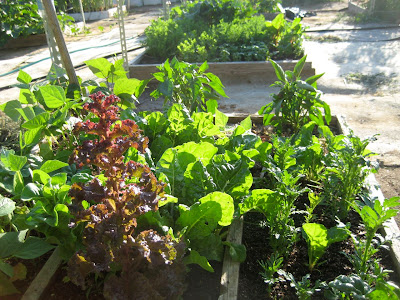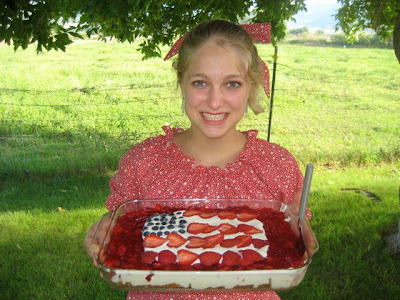Math-it was the first homeschooling resource I bought as a new homeschooler 23 years ago, and I used it homeschooling every one of my 7 kids. I wore one set out and had to buy another, but it has been worth every penny.
Math facts are to math like the phonics is to reading. You just have to learn them to progress in math, and they are the basic building block of every formula and every math problem. When they are mastered, your children will be more fluent in math, enjoy it more and do better at it. Everyone agrees on that idea. But how?
I’ve tried lots of math resources, and still use many of them, but nothing teaches math facts like Math-it. The reason lies in the teaching method. Most products that teach math facts do it the rote way: memorize it and practice the heck out of it to keep it memorized. Which means that if your memory is lagging, you are stumped.
Why Math-it works is that it teaches the student how to figure out the math facts. So, if their memory fails, it is possible to figure out the answer. Sweet relief! “How-to” is always more effective than relying on rote memory.
For example: learning the “9 times” is easy when you realize that every answer consists of two digits that add up to 9. Take the math fact 4 x 9 = 36. The digits in the answer add up to 9 (3 + 6 = 9). The first digit of the answer (3) is easy to figure out because it is just a count back one (from 4 to 3). This works on every 9x multiplication fact.
Here, do this one with me: 7 x 9 = ?
For any number multiplied by 9, just take that number (7) and count back one (to 6). Write it down. That is the first digit of the answer: 6_.
Now, taking that number (6), count on your fingers up to 9. How many step counts from 6 to 9? The answer is 3. So write that down next to the first digit (6) you wrote down. Now you have 63. That is the answer to the problem. You can check that you are right by adding the two digits in the answer: 6 + 3 = 9. Isn’t that amazingly tricky!?
Once your child has a formula, a way to find the answer, the math facts lose their mystery. I listen to my friends who have children in public school who spend the entire 4th grade learning their times tables. The children have charts and contests and flashcards and drills. It seems to occupy a lot of time, and be a burden and cause of stress for some kids. Why? It is easy, once you have the tools to figure out the facts.
The games included in Math-it are called: Add-it, Double-it, Half-it and Times-it, plus there is a CD with the manual that you can print out. The manual is illustrated and teaches you how to play the games, how to present the math facts to your students. I don’t know how any teacher gets along without this program! Take my advice and laminate the game boards and cards before you wear them out like I did.
Instead of teaching your child to memorize math facts, give them the skills to never “forget” them again!
Click here for Math-it in my store.











